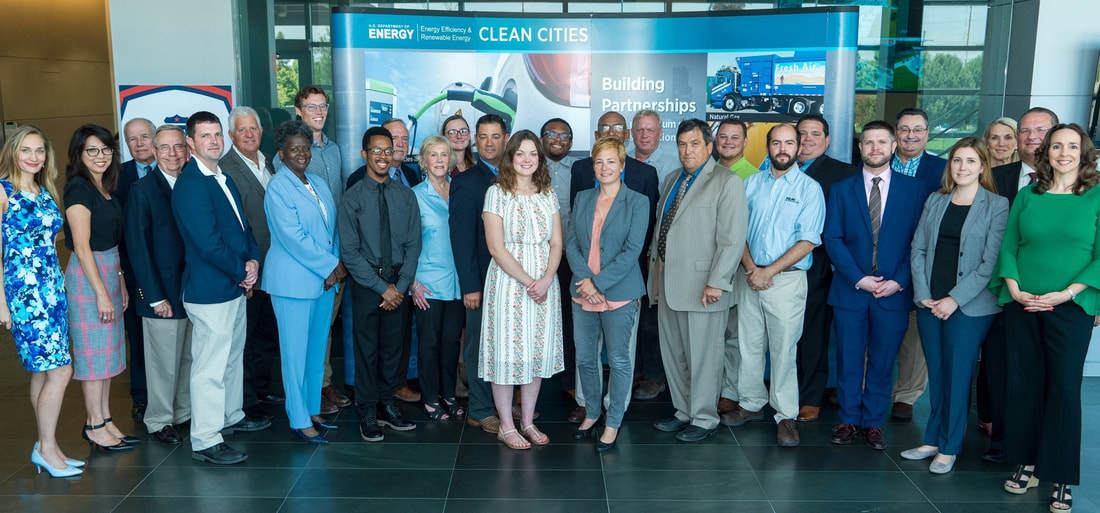Press
Releases
New Orleans Public Belt Railroad Awarded 2017 Clean Fleet Leader Award for Sixth Consecutive Year

The New Orleans Public Belt Railroad is a proud member of the Southeast Louisiana Clean Fuel Partnership. The Partnership is a coalition of vehicle fleet managers and operators; alternative fuel, vehicle, and technology providers; local, state, and federal government agencies; and other organizations interested in promoting policies and practices that diversify our transportation fuel options, improve our environment, and reduce fleets’ operational costs.
On July 10, 2018, and for the sixth consecutive year, the Partnership recognized NOPB as a Clean Fleet Leader for its accomplishments in reducing the railroad’s fuel consumption. NOPB has collaborated with the New Orleans Regional Planning Commission on the installation of Smart Start idle reduction technology on its locomotive fleet. The technology enabled NOPB to reduce its fuel consumption by the equivalent of 538,994 gasoline gallon equivalents (GGEs) in 2017 alone.
Collectively, the 28 Clean Fleet Leaders' combined efforts in 2017 set two new regional records by reducing traditional fuel consumption over 4.3 million gasoline gallons equivalent (GGEs), reducing dependence on foreign oil, and preventing over 30,000 tons of greenhouse gas emissions, the air quality equivalent of taking 6,521 typical passenger vehicles off the road! The Port of New Orleans was also recognized for their sustainability efforts.
The New Orleans Public Belt Railroad (NOPB) is a Class III switching railroad with the primary mission of serving the Port of New Orleans and local industries. The NOPB is a neutral carrier, with direct connections to six (6) Class 1 Railroads, for which we play an important role in expediting local and intermediate freight through the strategic New Orleans rail gateway. The NOPB is a diversified company, with a full service car repair shop, locomotive shop, track maintenance and repair division, and railcar storage capabilities